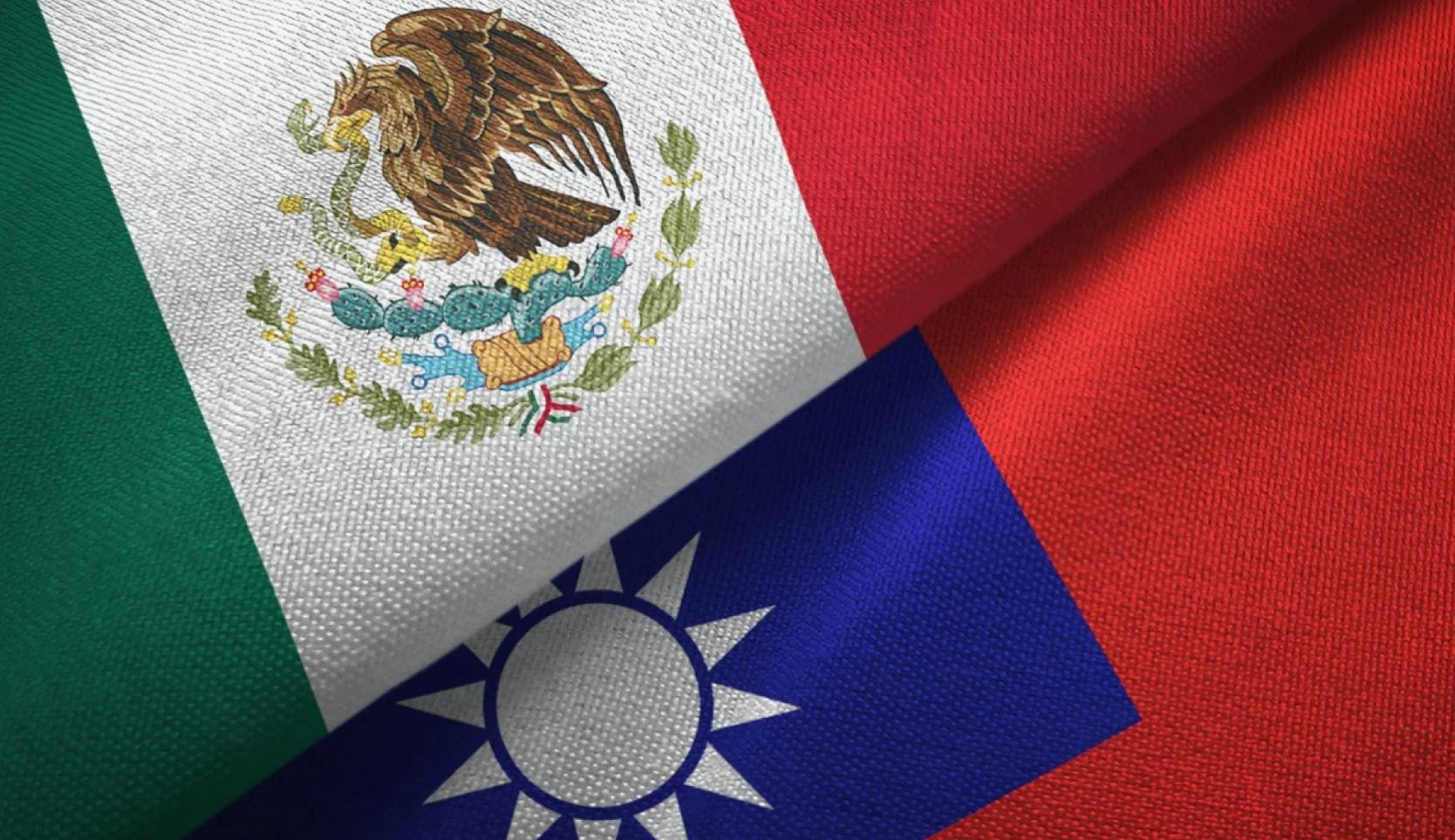The trend of Taiwanese companies reducing their presence in mainland China has been more noticeable in recent years, although the COVID-19 pandemic reversed that trend.
Investment in China by Taiwan-based firms reached US$11 billion in 2015, but by 2019 that figure dropped to US$4.2 billion.
By 2021, it managed to recover to US$5.9 billion, growth attributed to China becoming more attractive to invest in during the pandemic, according to data from the China Macro Economy.

However, given the growing political conflicts between China and Taiwan derived from the visit of Nancy Pelosi, Speaker of the US House of Representatives, some businessmen are analyzing expanding their market from mainland China to countries such as Vietnam or Mexico.
Although Vietnam has been one of the preferred destinations, Mexico’s proximity to the US and its lower production costs make it more attractive.
Companies such as Taigene, a manufacturer of car engine components, arrived in Mexico in 2019 to compete in a market that annually produces 3 million cars, mostly sold to the US.
Another example is Foxconn Technology, the world’s largest electronics assembler, such as iPhones, which is headquartered in Taipei but has 12 factories in mainland China.
The company announced an investment of US$300 million to expand its presence in Bac Giang, a province of Vietnam, as part of an expansion that would reach India, Malaysia, and Saudi Arabia.
According to data from the consulting firm Industry Platform, Taiwanese investors have earmarked about US$5.3 billion in Southeast Asia in the first ten months, about 38.7% of total investment outside the island.
However, experts warn that despite the ambitions of Taiwanese investors, leaving China could be more complicated than it sounds and could translate into heavy investment and even supply chain disruptions.
“Leaving China involves an enormous cost and would be a last resort. After all, it means big losses for equipment, capital, talent, and the Chinese market,” says Liu Kaiming of the Contemporary Observation Institute, which monitors the working conditions of hundreds of Chinese manufacturers.
With information from Sputnik

